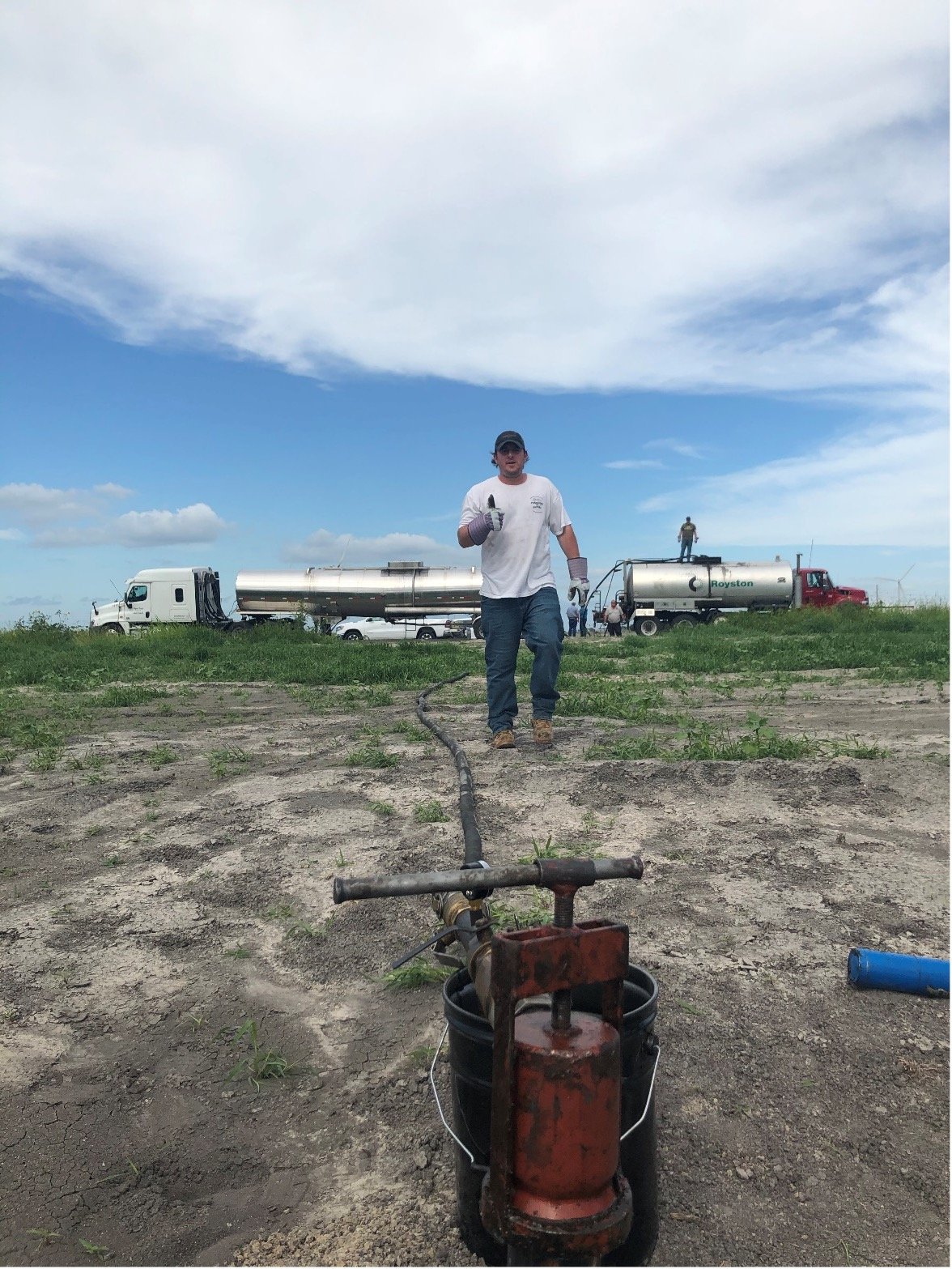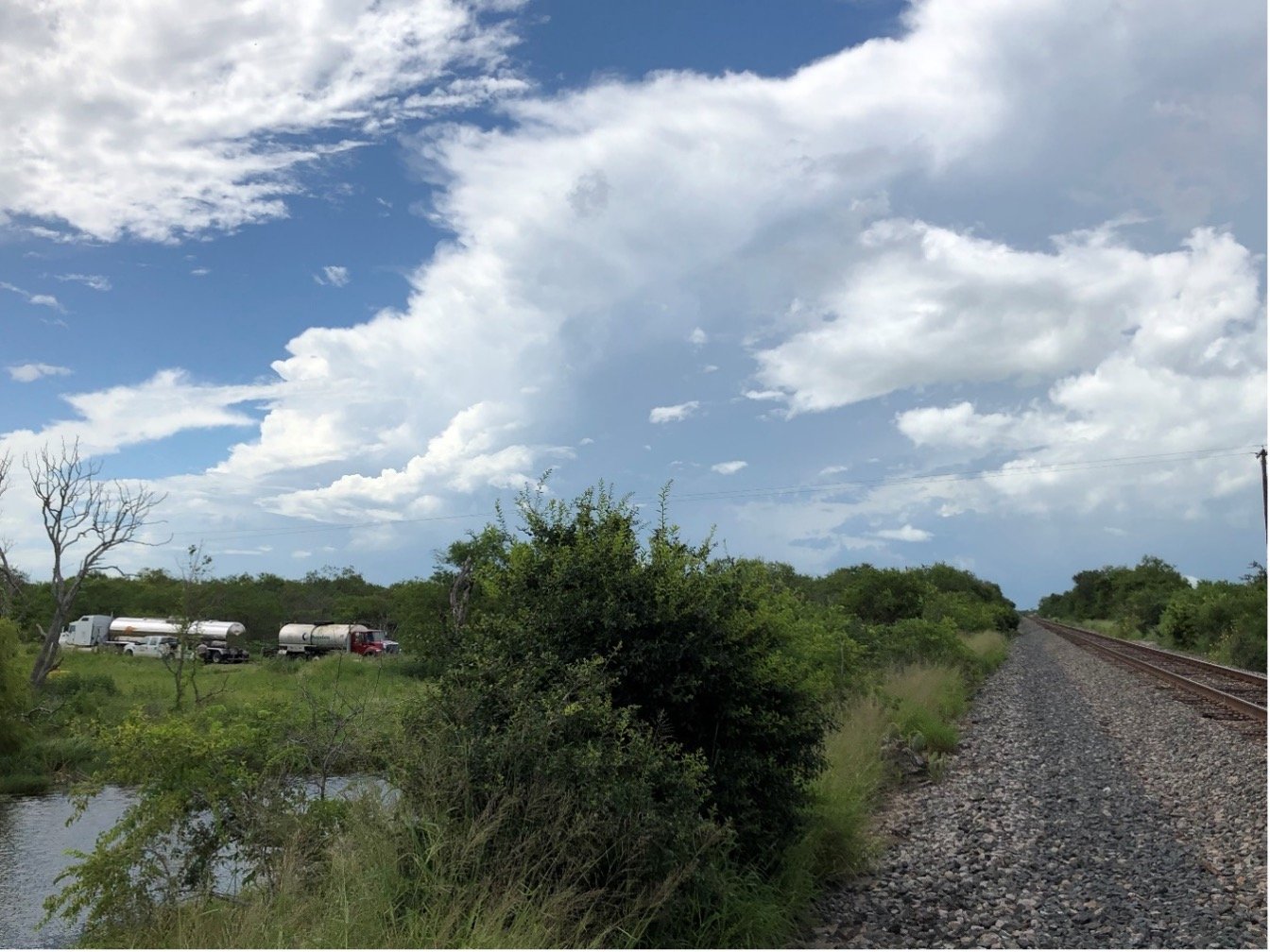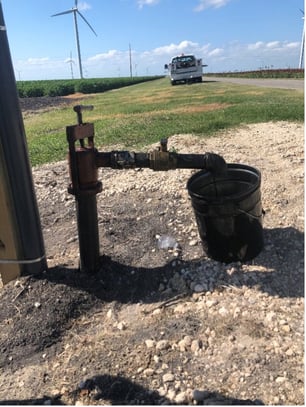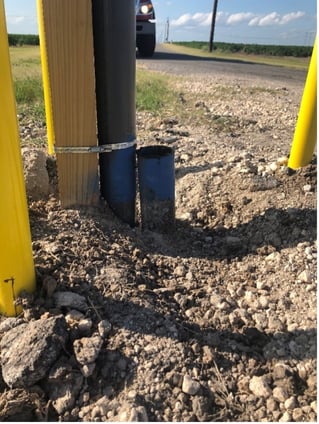Pipeline casings, also known as pipeline sleeves or conduits, are protective structures used to...
Job Site and Casing Preparation for Hot Wax Casing Fill
 In the casing fill world, the job site constantly changes, and with that challenges with the application can be inevitable.
In the casing fill world, the job site constantly changes, and with that challenges with the application can be inevitable.
The goal here is to properly install material that is designed to prevent corrosion.
While pumping hot wax casing fill between a pipe and a casing is not difficult, in order to assure a successful installation, there are some significant details pertaining to the job site that must be addressed before the casing fill crews arrive. Failing to do so will cause delays, which can cost much time and money.

Figure 1 Casing Fill Job Site – Set-up
To help understand what’s needed on the job site, here are three factors that can make or break the fill job before it’s even begun.
Access
It is crucial that the casing fill job site have adequate access for the heated tanker truck. For larger jobs, increased access will be needed for additional tanker trucks. Managing access can be difficult for the tanker(s), especially when the casing is located down a winding and/or hilly dirt road in the woods. Remember, these tankers are not built for off-roading, so it is extremely important to have the pre-job discussion on access.

Figure 2. Casing beneath a railroad. Dirt road access
Low Side Vent Pipe
Of the two vent pipes, crews fill the casing with hot wax through the low side of the vent pipe. On the lower side of the vent pipe, a special apparatus is used to connect to the pipe, and a five-gallon bucket is placed beneath for drain purposes (see figure 3). To successfully hook up to the vent pipe, there must be an adequate exposed pipe, as well as no obstructions in surrounding areas. Too little clearance and/or obstructions can be the quickest way of holding up work (see figure 4).


Figure 4. Low-Side Casing Vent Pipe- Clearance and Obstruction Issues.
End-Seal Pressure Test
Verification that the casing end-seals have been pressure tested will be required before hot wax is installed. Pressure testing assures the casing fill crew that the end-seals are intact and sound for installing hot wax. Low-pressure readings can signify a failed end-seal, which is problematic for installing hot wax. The goal is to fill all annular space with hot wax to prevent corrosion on the carrier pipe. With a breach in the send seals, filling all the annular space is not likely.
The delivery and installation of hot casing fill wax are critical, requiring extensive planning early in the consult with the casing fill team.
Detailed discussions about allowable site access, workable vent pipes, and pressure-tested end-seals are imperative. While there might be other prerequisites for the job, these three items are often the causes for an immediate hold on work.
The key to job site preparation is good communication with the casing fill contractor. Satisfying those conditions will maximize chances for safe and timely casing fill installation.
Chase Corporation’s Tapecoat and Royston pipeline coating systems comply with most utility’s associated standards for paints, coatings, and linings. These standards are critical to the ongoing inspections and enhancing the integrity or reliability of the gas distribution service lines.
Please contact your local Chase representative for assistance in coating selection, surface preparation, application, or to schedule a training session







